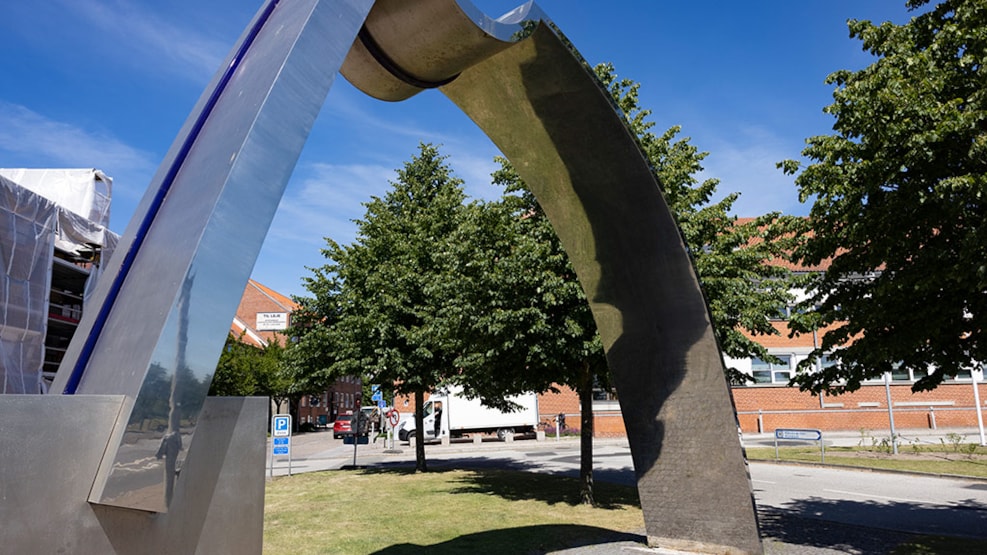
Laksetorvet - A stop on the Star Route through Randers
Die Gudenå (Gudenåen) hat für Randers immer eine große Bedeutung gehabt. Die Stadt entstand bereits in der Wikingerzeit an der Stelle, wo die Gudenå in den Randers Fjord mündet - genau dort, wo sich heute der Laksetorvet befindet. Damals hieß die Stadt Randaros, was sehr passend "die Stadt am Hügel an der Mündung des Flusses" bedeutet.
Randers Salmon
With the Gudenå River came the large salmon that Randers has always been known for, and after which Laksetorvet (Salmon Square) is named. There are still ample opportunities to fish for salmon in the Gudenå River around Randers. The largest salmon ever caught from the Gudenå River was in 2009 between Langå and Randers - it measured 124 cm and weighed 21.1 kg. You can read more about fishing opportunities in the Gudenå River here.
The Foam-born Randers Maiden
The salmon is also a recurring motif on Laksetorvet, which now houses Randers Municipality's administration building. On the gable of the building, you can see a Randersian interpretation of the famous artwork, "The Foam-born Venus." Here, Venus is portrayed as a Randers Maiden emerging from the waters of the Gudenå River, surrounded by three leaping salmon. The relief was created by Peter Carlsen - you can read more about the city's sculptures on Randers Municipality's website.
The First City Gate
On Laksetorvet stands the city gate "lille r," designed by Børge Jørgensen. "lille r" marks one of Randers' thirteen entrance roads, and according to the plan, each road should have its own city gate, just as it was 500 years ago. So far, there are five city gates. The Stjerneruten (Star Route) also passes by another city gate, "Red Fall" on Østervold.